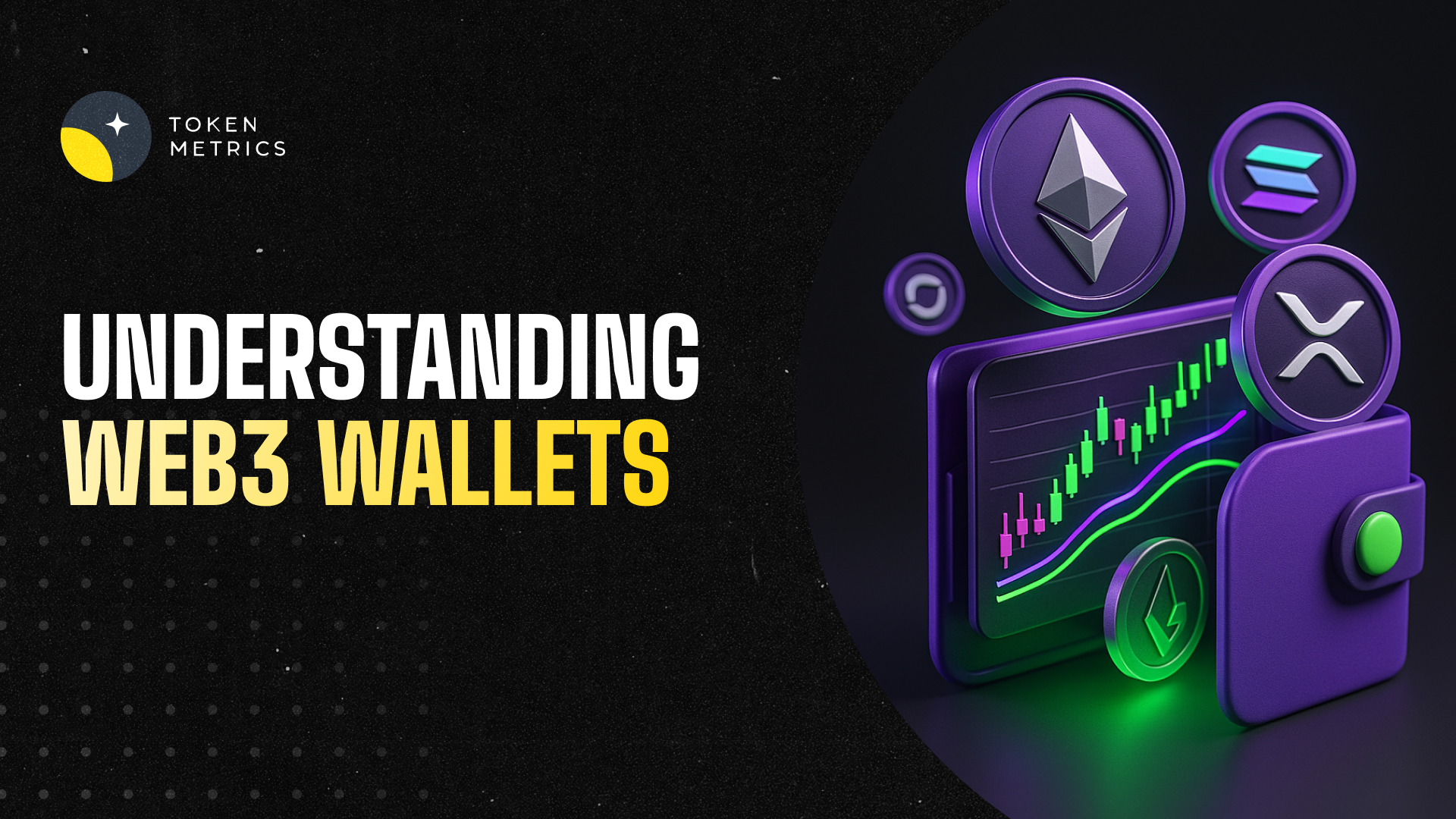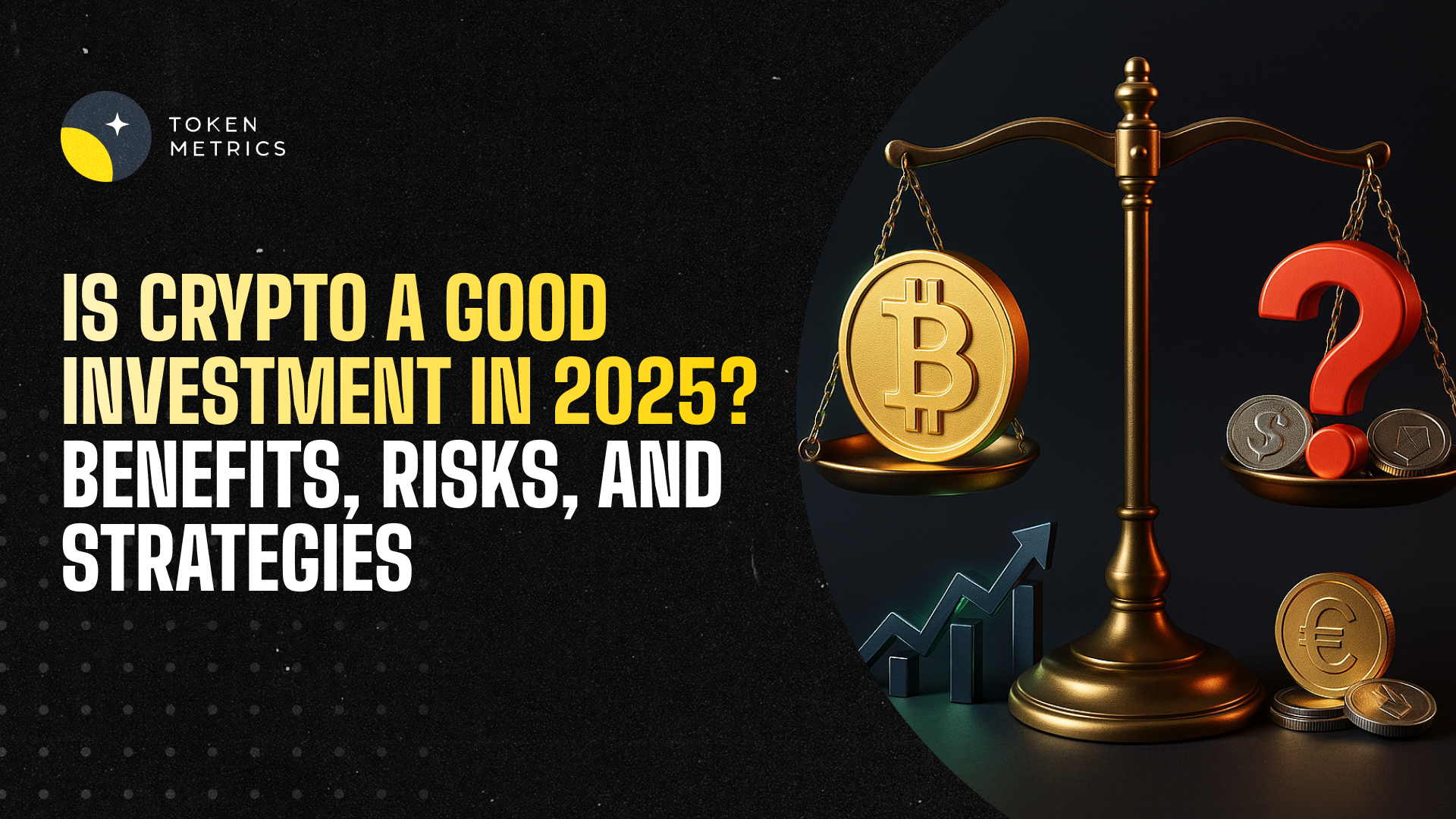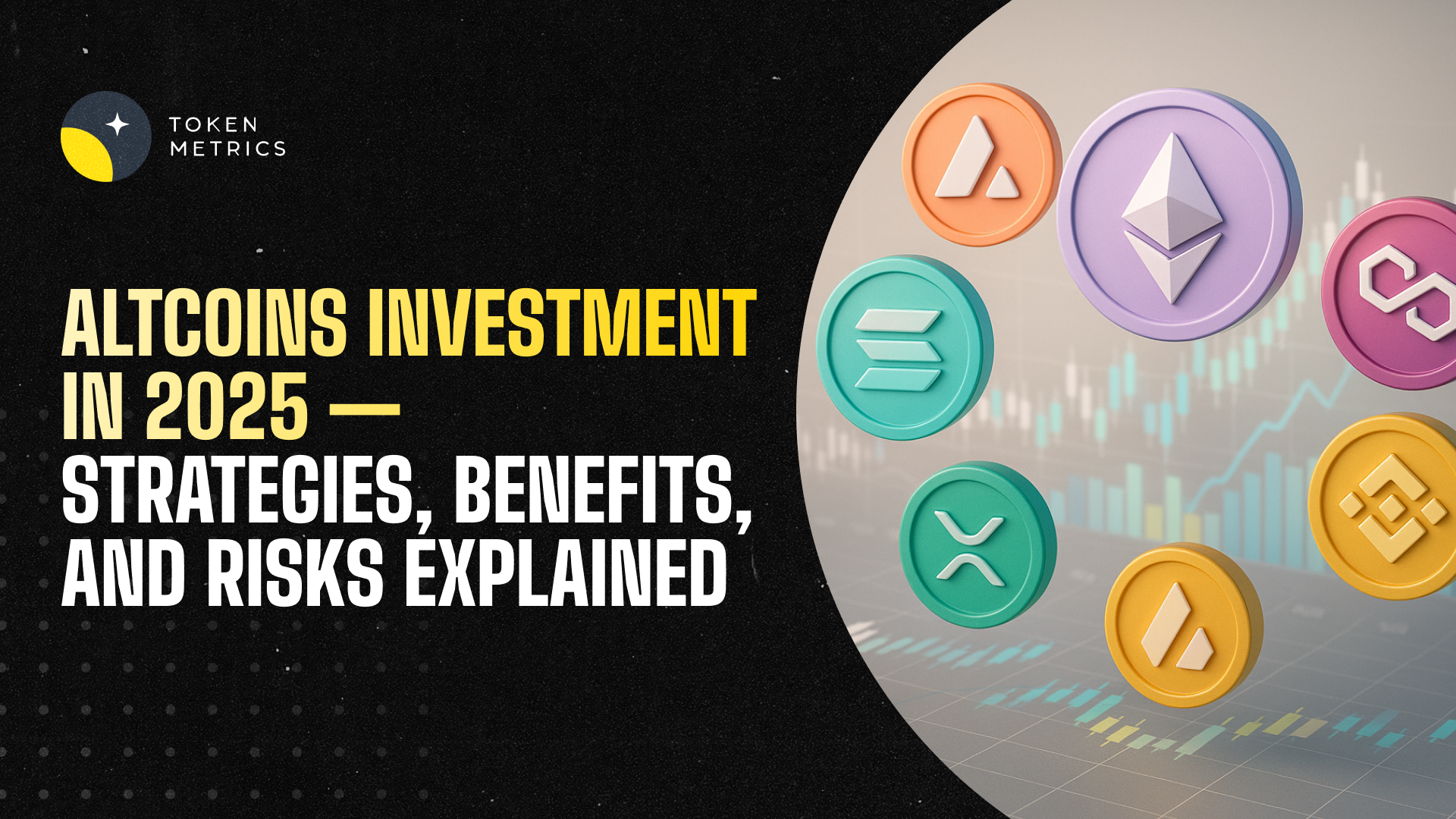
Understanding Web3 Wallets: Your Guide to Secure Crypto Asset Management

Introduction to Web3 Wallets
As the blockchain landscape evolves, the term "Web3 wallets" has become fundamental in discussions around decentralized finance and digital asset management. Web3 wallets act as a gateway for users to interact with decentralized applications (dApps), access blockchain networks, and securely manage their digital assets without reliance on centralized intermediaries.
This article explores the concept of Web3 wallets, their types, core features, and the security considerations essential for users. It also highlights how analytical platforms like Token Metrics can aid in understanding the complexities surrounding these wallets and blockchain technologies.
What Are Web3 Wallets?
Web3 wallets are software or hardware tools that enable users to store, send, receive, and interact with cryptocurrencies and tokens on blockchain networks. Unlike traditional digital wallets, Web3 wallets are designed primarily to facilitate decentralized interactions beyond simple transactions, such as signing smart contracts and accessing dApps.
They come in two main forms:
- Custodial wallets: Where a third party holds the private keys on behalf of the user. This category offers convenience but introduces counterparty risk.
- Non-custodial wallets: Users retain full control of their private keys. This type aligns with the ethos of decentralization, offering enhanced security but requiring users to take responsibility for key management.
Types of Web3 Wallets
Understanding the various types of Web3 wallets helps users select options that fit their security posture and use cases.
- Software Wallets: Installed as browser extensions or mobile apps, these wallets offer easy access and integration with dApps. Examples include MetaMask and Trust Wallet.
- Hardware Wallets: Physical devices that store private keys offline, significantly reducing exposure to hacks. Examples include Ledger and Trezor.
- Smart Contract Wallets: Wallets deployed as smart contracts allow for programmable control over funds, including multi-signature functionality and customizable security policies.
Key Features and Functionalities
Web3 wallets provide a suite of functionalities tailored to decentralized ecosystems:
- Private Key Management: Safe handling and storage of private keys, either locally or hardware-backed, is central to wallet security.
- Transaction Signing: Wallets enable users to approve blockchain transactions through cryptographic signatures.
- dApp Integration: Seamless interaction with Web3 applications via standardized protocols like WalletConnect.
- Multi-Chain Support: Ability to interact with different blockchain networks within a single interface.
- Token Management: Displaying and organizing various tokens compliant with standards such as ERC-20 or BEP-20.
Security Considerations for Web3 Wallets
Security remains paramount for Web3 wallet users due to the irreversible nature of blockchain transactions and increasing cyber threats:
- Private Key Confidentiality: Exposure of private keys or seed phrases can result in total asset loss. Users should store these securely offline.
- Phishing Attacks: Malicious actors may use fake websites or apps to steal credentials; exercising caution and verifying authenticity is critical.
- Software Vulnerabilities: Keeping wallet software updated and using reputable wallets can minimize risks related to bugs or exploits.
- Hardware Storage: Hardware wallets mitigate online threats by keeping keys offline but require physical safeguarding.
Leveraging AI Tools for In-Depth Analysis
The complexity of blockchain ecosystems has led to the emergence of AI-driven analytical platforms that assist users and researchers in understanding market trends, token metrics, and network behaviors. Token Metrics is an example of such a tool, providing data-backed ratings and insights that can complement wallet usage by offering research capabilities on tokens and market conditions.
These platforms can support educational efforts by:
- Providing fundamentals and trend analysis based on on-chain and market data.
- Offering scenario analysis to understand potential developments in blockchain protocols.
- Enhancing security posture by informing users about project credibility and token performance metrics.
Practical Steps to Choose and Use Web3 Wallets
Choosing the right Web3 wallet is a process that balances ease of use, security, and compatibility needs:
- Research Wallet Types: Understand differences between custodial and non-custodial options.
- Assess Security Features: Review if the wallet supports hardware integration, multi-factor authentication, or multisig capabilities.
- Confirm dApp Compatibility: If interaction with decentralized platforms is important, ensure smooth integration.
- Backup Procedures: Follow recommended practices for seed phrase storage and wallet backup.
Additionally, engaging with AI-driven platforms like Token Metrics can provide analytical depth during the research phase and support ongoing management of crypto assets.
Conclusion and Disclaimer
Web3 wallets represent a critical component of the decentralized internet, empowering users to control their digital assets and participate in blockchain ecosystems securely and effectively. By understanding wallet types, functionalities, and security measures, users can navigate this complex space with greater confidence.
Tools like Token Metrics serve as valuable resources for educational and analytical purposes, enabling deeper insight into token fundamentals and network dynamics.
Disclaimer: This article is intended for educational purposes only and does not constitute financial or investment advice. Readers should conduct their own research and consider their risk tolerance before engaging with any cryptocurrency or blockchain technology.

.svg)

Create Your Free Token Metrics Account

.png)




%201.svg)
%201.svg)


%201.svg)












.svg)




.png)